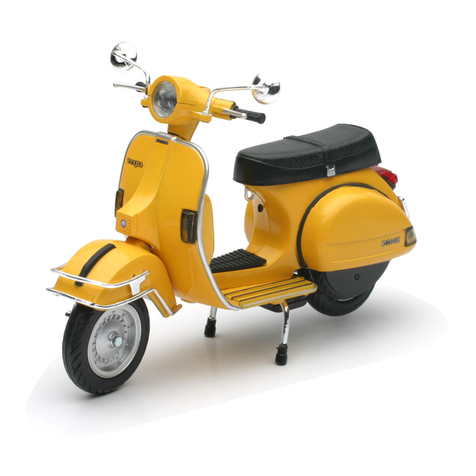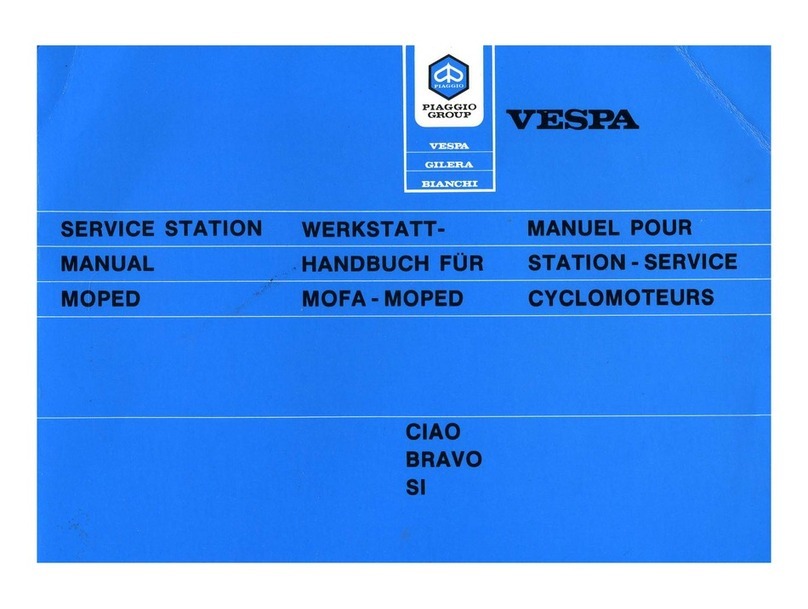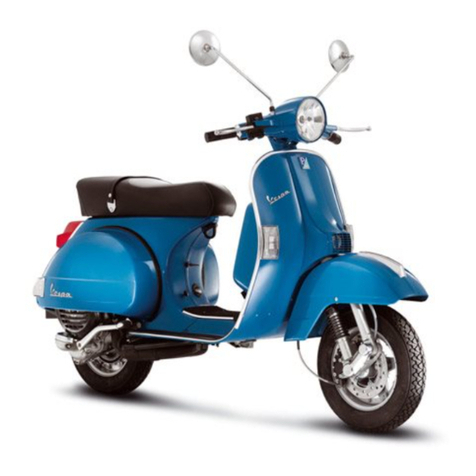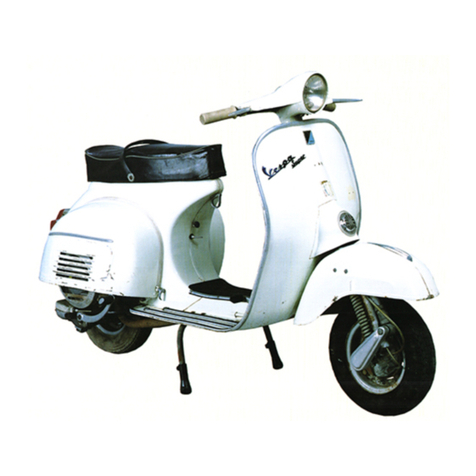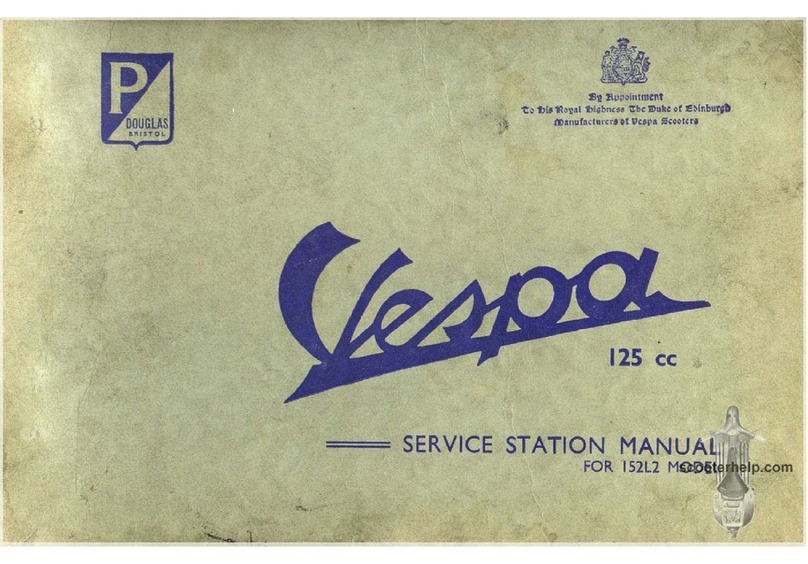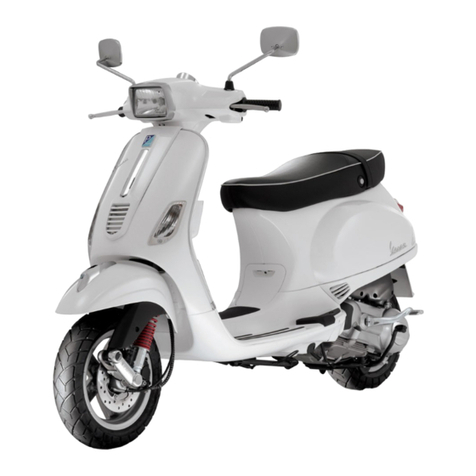
INDEX
VEHICLE...................................................................................... 7
Dashboard................................................................................ 9
Analogue instrument panel....................................................... 10
Clock......................................................................................... 11
Key switch................................................................................. 12
Locking the steering wheel.................................................... 12
Releasing the steering wheel................................................ 13
Switch direction indicators........................................................ 13
Horn button............................................................................... 14
Light switch............................................................................... 14
Start-up button.......................................................................... 15
Engine stop button.................................................................... 15
The immobilizer system............................................................ 15
Keys...................................................................................... 16
Immobilizer device enabled indicator led.............................. 17
Operation............................................................................... 17
Programming the immobilizer system................................... 18
Accessing the fuel tank............................................................. 19
Opening the saddle............................................................... 20
Identification.............................................................................. 21
Rear top box opening................................................................ 22
USE.............................................................................................. 23
Checks...................................................................................... 24
Refuelling.................................................................................. 24
Tyre pressure............................................................................ 26
Shock absorbers adjustment.................................................... 27
Running in................................................................................. 28
Starting up the engine............................................................... 28
Precautions........................................................................... 29
Difficult start up......................................................................... 30
Stopping the engine.................................................................. 30
Stand......................................................................................... 31
Automatic transmission............................................................. 31
Safe driving............................................................................... 32
Rear rack.................................................................................. 34
MAINTENANCE........................................................................... 35
Engine oil level.......................................................................... 36
Engine oil level check............................................................ 36
Engine oil top-up................................................................... 36
Warning light (insufficient oil pressure)................................. 37
Engine oil change.................................................................. 37
Hub oil level.............................................................................. 39
Tyres......................................................................................... 41
Spark plug dismantlement........................................................ 42
Removing the air filter............................................................... 43
Cooling fluid level...................................................................... 44
Checking the brake oil level...................................................... 46
Battery....................................................................................... 47
Use of a new battery............................................................. 48
Long periods of inactivity.......................................................... 49
Fuses........................................................................................ 50
Front light group........................................................................ 54
Headlight adjustment............................................................. 57
Front direction indicators........................................................... 58
Rear optical unit........................................................................ 58
Rear turn indicators................................................................... 59
Rear-view mirrors...................................................................... 59
Front and rear disc brake.......................................................... 59
Puncture.................................................................................... 60
Periods of inactivity................................................................... 61
Cleaning the vehicle.................................................................. 62
TECHNICAL DATA...................................................................... 67
Toolkit....................................................................................... 72
SPARE PARTS AND ACCESSORIES........................................ 73
Warnings................................................................................... 74
SCHEDULED MAINTENANCE.................................................... 77
5







